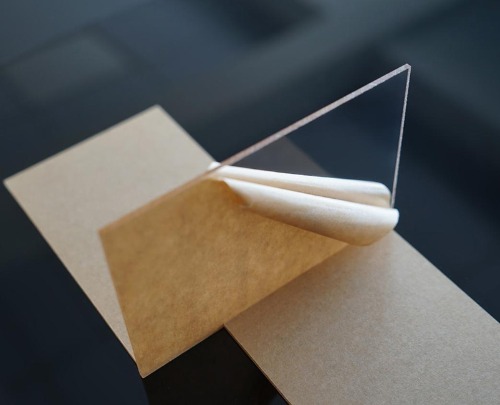An acrylic transparent board refers to a sheet or panel made from acrylic, which is a type of plastic. Acrylic, also known as polymethyl methacrylate (PMMA), is a synthetic material that has excellent transparency, similar to glass. It is commonly used as a substitute for glass due to its lightweight, shatter-resistant nature, and optical clarity.
Acrylic transparent boards come in various sizes, thicknesses, and grades to suit different applications. They are manufactured by extruding or casting the acrylic resin into flat sheets. The resulting boards have smooth surfaces and can be transparent or translucent, depending on the specific formulation and additives used during manufacturing.
Acrylic transparent boards have numerous applications across different industries and sectors. Some common uses include:
Signage and displays: Acrylic boards are widely used for creating signs, advertising displays, and point-of-sale materials. Their transparency allows for vibrant and eye-catching visuals.
Architecture and construction: Acrylic boards can be used in windows, skylights, partitions, and other architectural applications. Their lightweight nature and impact resistance make them a suitable alternative to glass.
Retail and product showcases: Transparent acrylic boards are frequently used in retail settings for product showcases, shelving, and protective covers. They provide visibility while protecting items from dust and damage.
Picture frames and artwork protection: Acrylic boards are used as a glazing material for picture frames and artwork protection. They offer UV resistance, reducing the risk of fading or discoloration.
Industrial applications: Acrylic boards find use in industrial settings for machine guards, safety barriers, and protective covers due to their durability and transparency.
DIY projects: Acrylic boards are popular in do-it-yourself projects, such as model making, crafts, and hobbyist applications, owing to their versatility and ease of cutting and shaping.
Overall,
acrylic transparent boards provide a balance between aesthetics, functionality, and durability. Their optical properties and versatility make them a preferred choice in various applications where transparency and impact resistance are required.Meanwhile,The production of acrylic transparent boards typically involves several steps. Here is a general overview of the manufacturing process:
Raw Material Preparation: The production begins with the preparation of raw materials, primarily methyl methacrylate monomer (MMA) and additives. MMA is derived from petroleum and is the main component used to make acrylic sheets.
Polymerization: MMA is subjected to a process called polymerization, where it is transformed into a polymer. This can be achieved through various methods such as bulk polymerization, suspension polymerization, or solution polymerization. Polymerization involves initiating a chemical reaction, usually with the help of a catalyst, to join the individual MMA molecules together into long chains, forming polymethyl methacrylate (PMMA).
Sheet Formation: The PMMA polymer is then processed into flat sheets or panels. There are two primary methods for sheet formation:
a. Extrusion: The most common method is extrusion, where the PMMA is melted and forced through a die, forming a continuous sheet. The sheet is then cooled and solidified using rollers or a cooling bath.
b. Casting: In the casting method, the PMMA is poured into a mold or onto a flat surface, forming a liquid layer. The liquid is then allowed to cure and solidify through a controlled process, such as air drying or heat curing, resulting in a solid acrylic sheet.
Annealing: After the acrylic sheets are formed, they often undergo an annealing process. This involves heating the sheets to a specific temperature and then gradually cooling them. Annealing helps relieve internal stresses in the material, improving its overall strength, clarity, and dimensional stability.
Finishing: Once the sheets are cooled and solidified, they undergo various finishing processes. These may include trimming or cutting the sheets to the desired size, sanding or polishing the edges for a smooth finish, and removing any surface imperfections or scratches.
Quality Control: Throughout the production process, quality control measures are implemented to ensure that the acrylic sheets meet the desired specifications. This may involve visual inspection, testing for optical clarity, thickness measurement, and other quality checks.
Packaging and Distribution: Finally, the acrylic transparent boards are packaged and prepared for distribution to customers. They are usually protected with a peel-off film or paper to prevent scratches or damage during transportation.

 English
English 中文
中文 Español
Español


